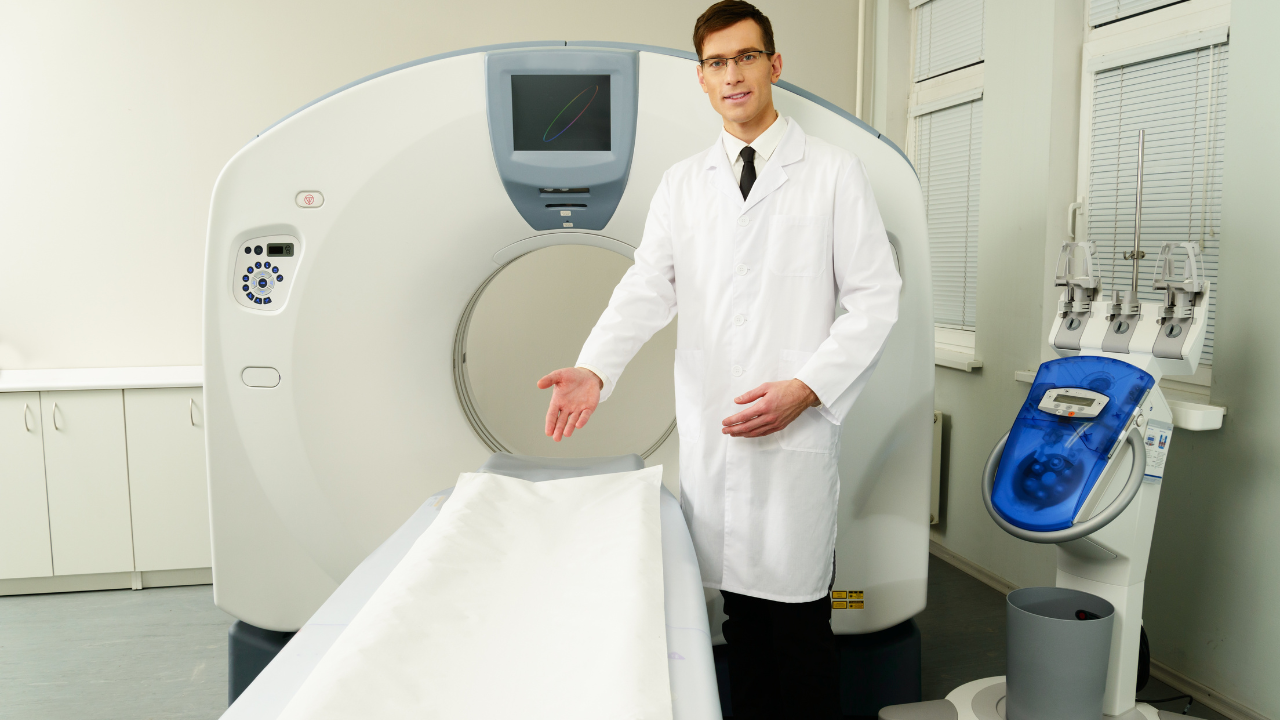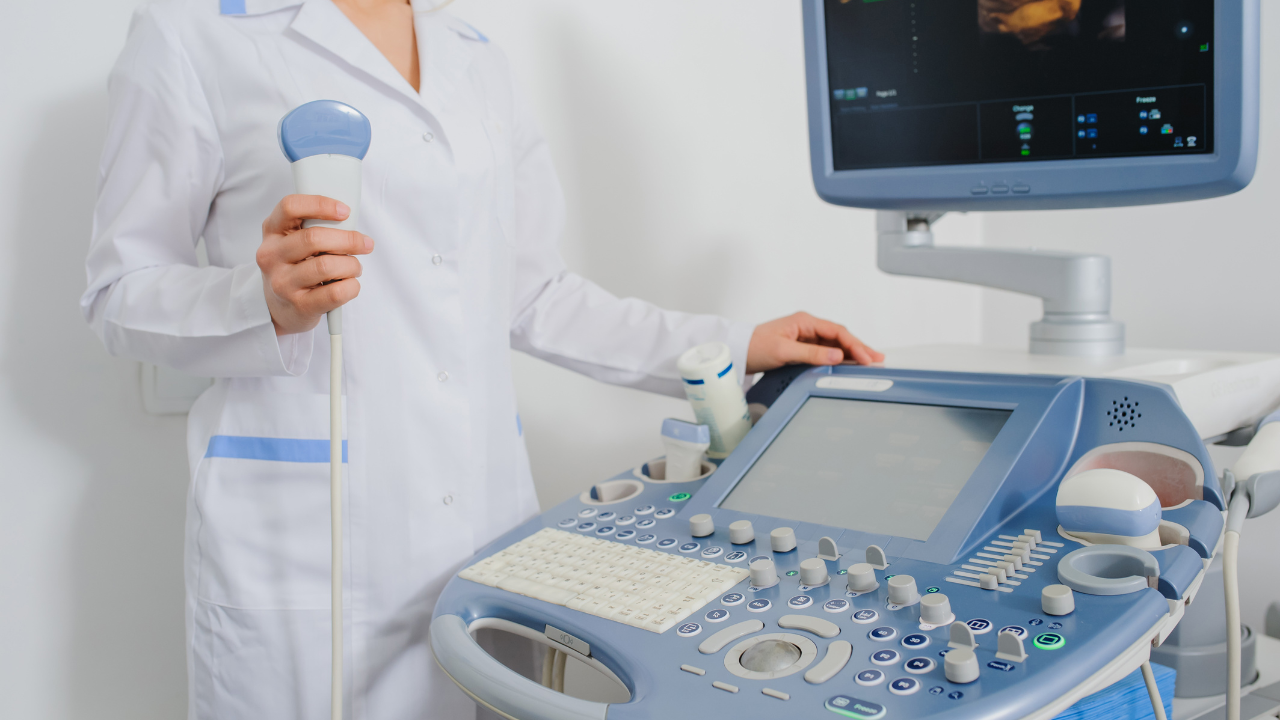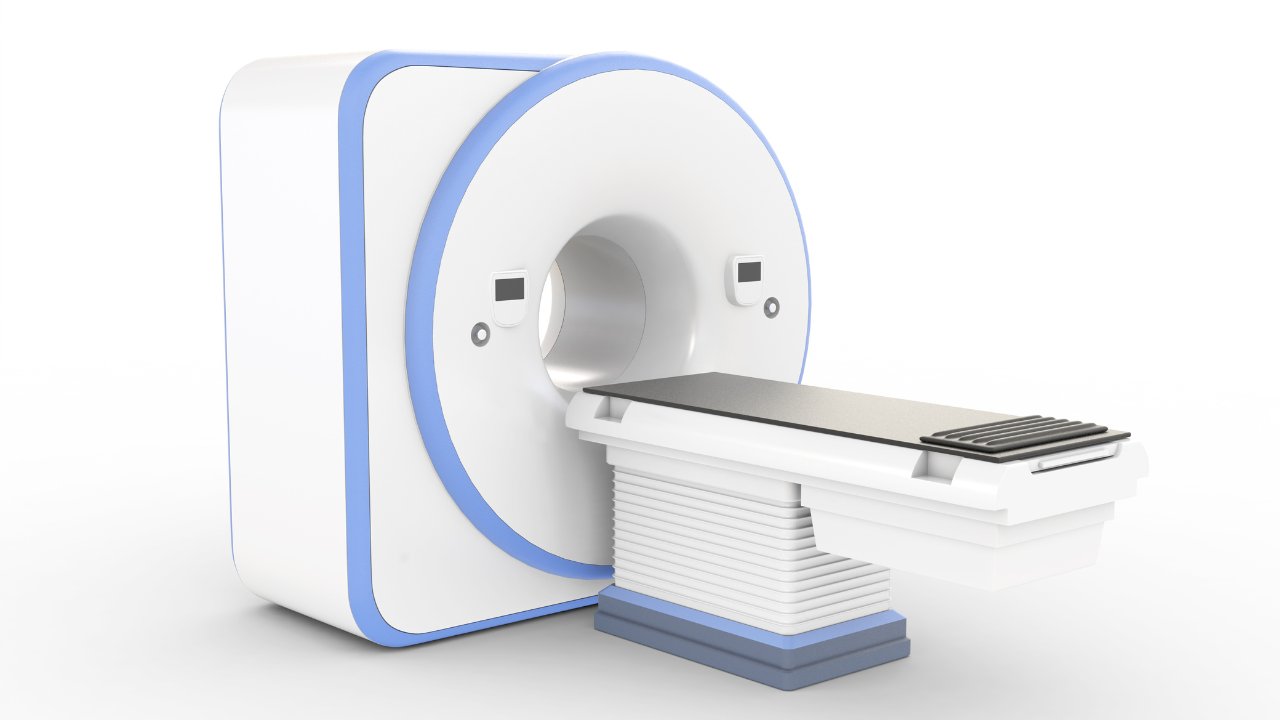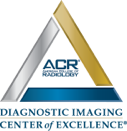Blog and News
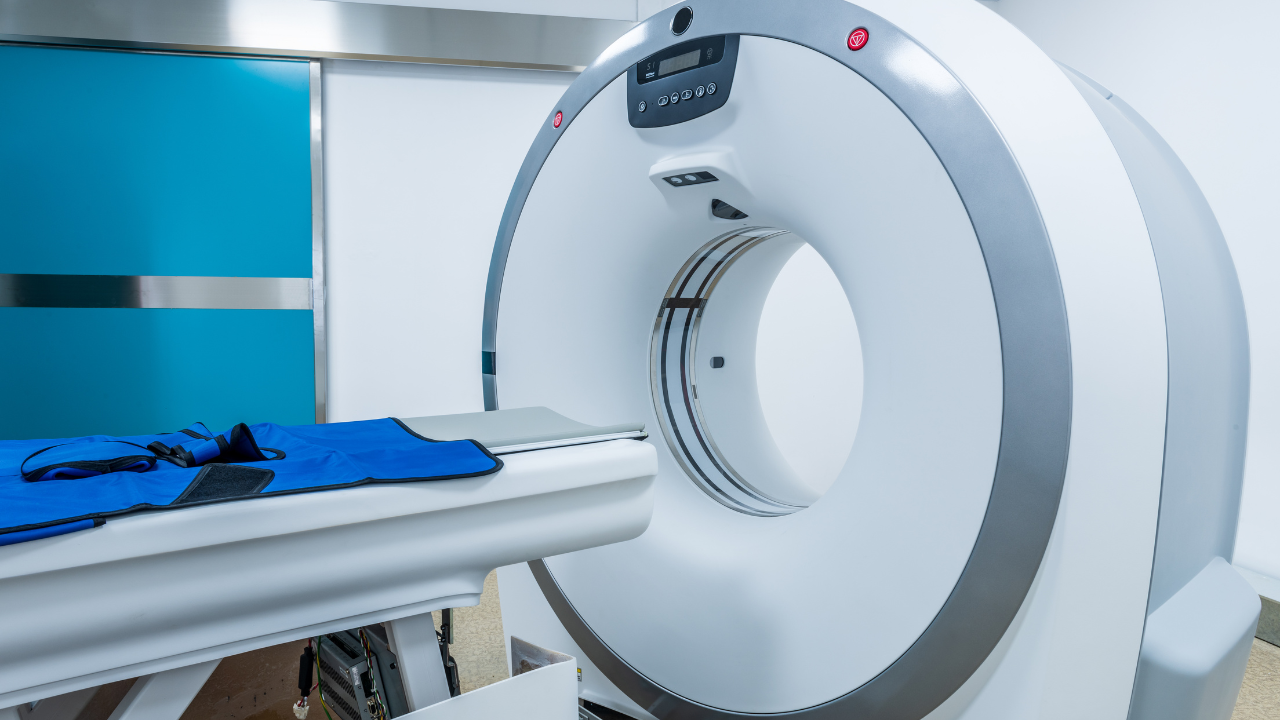
To mitigate the risks associated with CT scans, you should first understand the level of radiation exposure and consider alternatives like MRI or ultrasound, especially during pregnancy or for pediatric cases. Ensuring you're not allergic to contrast materials used in some CT scans is crucial—inform your doctor about any known allergies, and discuss using safer contrast agents if necessary. Always check your kidney health through serum creatinine levels and GFR indicators to avoid nephrotoxicity. Advanced technologies such as dose-reduction software and automatic exposure control can also drastically reduce radiation risks. Exploring these options further will provide deeper insights into safer diagnostic practices.
Key Takeaways
- Utilize dose-reduction software and advanced imaging technologies to minimize radiation exposure.
- Perform thorough pre-scan evaluations to identify and mitigate potential allergic reactions to contrast materials.
- Assess kidney function with serum creatinine levels and GFR before administering contrast agents to safeguard renal health.
- Opt for alternative imaging methods like MRI or ultrasound when appropriate, especially during pregnancy or for pediatric patients.
- Implement Automatic Exposure Control (AEC) and Iterative Reconstruction Techniques to optimize dose efficiency and enhance image quality.
Understanding Radiation Exposure
Understanding radiation exposure is crucial as it quantifies the energy absorbed by your body during a CT scan. This measurement is typically expressed in millisieverts (mSv), a unit that reflects the biological effects of radiation. When you're guiding patients through the decision to undergo a CT scan, it's important to balance the clinical benefits against the potential risks associated with radiation exposure.
Each CT scan varies in the amount of radiation it emits, depending on the type of scan and the specific technology used. For example, a head CT generally exposes a patient to about 2 mSv, while a more comprehensive scan like an abdominal CT may expose them to around 8 mSv. To put this in perspective, the average person in the U.S. receives an annual background radiation dose of about 3 mSv from natural sources.
You should assure patients that while there's a slight increase in the potential risk of cancer with radiation exposure, the risk is relatively low compared to the diagnostic benefits provided. Advanced CT technologies and techniques, such as dose-reduction software, help minimize this exposure. It's your responsibility to use these tools effectively, ensuring that each patient receives the lowest possible dose that still achieves diagnostic accuracy.
Managing Allergic Reactions
While managing radiation exposure is important, it's also vital to address potential allergic reactions that patients may experience from contrast materials used during CT scans. You must be aware that contrast agents, typically iodine-based or barium-sulfate compounds, can trigger allergic reactions ranging from mild to severe.
Firstly, it's crucial to conduct a thorough pre-scan evaluation. This includes reviewing the patient's medical history for any prior reactions to contrast media or known allergies to iodine-containing substances. Don't overlook this step, as it's your first line of defense in preventing an adverse reaction.
You should also be prepared to manage reactions if they occur. Facilities must have protocols in place for immediate response, including the availability of emergency drugs like epinephrine, antihistamines, and steroids. Staff should be adequately trained to recognize the symptoms of an allergic reaction swiftly and act promptly.
Furthermore, consider using low-osmolar or non-ionic contrast agents as they're associated with fewer allergic reactions. Although these alternatives might be more expensive, the reduced risk of severe reactions can be worth the cost, especially in patients with a known predisposition.
Safeguarding Kidney Health
When you're preparing for a CT scan, it's crucial to first assess your kidney function to prevent potential nephrotoxicity from contrast agents.
Ensuring you're well-hydrated before the procedure can help minimize the risk of kidney damage.
If there's a concern about your renal health, consider discussing alternative imaging techniques that don't require contrast media.
Assessing Kidney Function Pre-Scan
Before undergoing a CT scan, it's crucial to assess your kidney function to prevent potential nephrotoxic effects from contrast agents. This assessment typically involves measuring your serum creatinine levels, which reflect how well your kidneys are filtering waste products from your blood. A high creatinine level may indicate impaired kidney function, which could increase the risk of further damage from the contrast dye used in many CT scans.
Your healthcare provider might also calculate your glomerular filtration rate (GFR), a more detailed indicator of kidney health. A low GFR suggests reduced kidney function, necessitating adjustments in the type or volume of contrast material used, or even considering alternative imaging methods that don't require contrast agents. This proactive approach helps safeguard your kidney health while ensuring diagnostic accuracy.
Hydration Before Procedures
To safeguard your kidney health during a CT scan, it's essential to stay well-hydrated beforehand to help flush out the contrast dye more effectively. Adequate hydration is crucial because it facilitates the renal clearance of contrast agents, which are used during the scan to enhance image quality but can be taxing on your kidneys if not processed efficiently.
Here are some hydration tips you should consider:
- Increase Water Intake: Drink at least 8-10 glasses of water 24 hours before your scan.
- Avoid Dehydrants: Limit caffeine and alcohol as they can dehydrate your body.
- Follow Instructions: Adhere to any specific hydration guidelines your healthcare provider may give you, as individual needs can vary.
Alternative Imaging Techniques
While CT scans are commonly used, you might consider alternative imaging techniques that pose less risk to kidney health, such as MRI or ultrasound.
MRI, or Magnetic Resonance Imaging, uses magnetic fields and radio waves to generate detailed images of organs and tissues. This method doesn't involve ionizing radiation and is therefore safer for your kidneys, which can be vulnerable to damage from repeated exposure to radiation.
Ultrasound, on the other hand, uses high-frequency sound waves to create images and is completely non-invasive. It offers a safer option for visualizing soft tissues without the risk of nephrotoxicity associated with certain contrast agents used in CT scans.
Both alternatives provide effective diagnostic capabilities while significantly reducing the risk to your renal health.
Addressing Pregnancy Concerns
If you're pregnant or suspect you might be, it's crucial to inform your healthcare provider before undergoing a CT scan.
Adjustments to the scanning protocol can significantly reduce radiation exposure to both you and the fetus.
Alternatively, your doctor might suggest other imaging methods, such as ultrasound or MRI, which don't involve ionizing radiation and are safer during pregnancy.
Identifying Pregnancy Early
Before undergoing a CT scan, it's crucial to determine whether a patient is pregnant to avoid unnecessary risks to the fetus. Here are the steps to ensure early identification:
- Patient History Collection: Start by asking about the last menstrual period and any signs of pregnancy. This initial screening can guide further testing.
- Pregnancy Testing: If there's any doubt, conduct a urine or blood test for human chorionic gonadotropin (hCG). It's a reliable method that provides quick results.
- Consultation and Referral: Discuss potential pregnancy with the patient and, if needed, refer them for a follow-up with an obstetrician before proceeding with the scan.
Early identification of pregnancy allows you to make informed decisions and prioritize the well-being of both the patient and the fetus.
Adjusting Scan Protocols
Once pregnancy is confirmed, it's essential to adjust CT scan protocols to minimize radiation exposure to the fetus. You'll need to collaborate closely with radiologists to modify the scanning parameters effectively. This involves reducing the scan range to only the necessary areas and potentially lowering the dose of radiation. It's crucial to balance diagnostic needs with safety, ensuring that the imaging is as precise and concise as possible to address the medical concern without unnecessary exposure.
Shielding strategies are also pivotal. Lead aprons or shields can be strategically placed to protect the abdomen and pelvis during the scan. By implementing these adjustments, you enhance safety for the expectant mother while still obtaining the critical diagnostic information needed.
Alternative Imaging Options
When considering imaging options for pregnant patients, it's essential to explore alternatives to CT scans that reduce radiation risks while still providing necessary diagnostic information. Here are three safer options:
- Ultrasound: This method uses sound waves to create images and is completely radiation-free. It's ideal for monitoring fetal development and diagnosing certain pelvic conditions.
- Magnetic Resonance Imaging (MRI): Although more costly, MRI provides detailed images without the use of ionizing radiation. It's particularly useful for assessing brain, spinal cord, and soft tissue conditions.
- Digital X-ray Imaging: When necessary, using low-dose settings on modern digital X-ray systems can minimize radiation exposure while providing essential diagnostics, particularly for skeletal assessments.
Ensuring Pediatric Safety
Ensuring pediatric safety during CT scans requires precise adjustments to radiation doses and meticulous monitoring techniques. As a healthcare professional, you're tasked with minimizing the exposure to ionizing radiation, particularly in children whose tissues are more sensitive compared to adults. You must ensure that every scan is justified medically and that the benefits decisively outweigh the risks.
To achieve this, it's crucial to adopt a stringent protocol for each pediatric scan. This includes rigorous calibration of the CT equipment to suit the smaller body size and varying tissue sensitivity of children. You'll need to collaborate closely with radiologists to tailor each scan's parameters specifically for pediatric needs. This detailed customization helps in limiting the radiation exposure while ensuring diagnostic efficacy.
Moreover, continuous education on the latest pediatric radiology advancements and safety protocols is essential. You should engage in regular training sessions and workshops to stay updated with new techniques and technologies that enhance safety. Implementing these practices not only protects your young patients but also builds trust with concerned parents, ensuring them that their child's health is in careful, competent hands.
Optimizing Dose Efficiency
To optimize dose efficiency in CT scans, you must adopt advanced imaging technologies that adjust radiation exposure based on patient size and diagnostic need. These technologies not only enhance patient safety by minimizing unnecessary radiation but also ensure that the imaging is diagnostically effective. Here's how you can achieve this:
- Utilize Automatic Exposure Control (AEC): AEC systems adjust the radiation dose during the scan according to the patient's size, shape, and the density of the tissues being imaged. This ensures that the dose is tailored to each individual, reducing exposure while maintaining image quality.
- Implement Iterative Reconstruction Techniques: These advanced algorithms reconstruct images with greater accuracy and can significantly reduce noise, allowing for lower radiation doses without compromising the image resolution. Techniques such as ASIR (Adaptive Statistical Iterative Reconstruction) and MBIR (Model-Based Iterative Reconstruction) are particularly effective.
- Adopt Dose-Tracking Software: This software monitors and records the radiation dose delivered during each scan, enabling you to analyze dose patterns and make informed decisions to adjust protocols, thus optimizing radiation use while safeguarding patient health.
Frequently Asked Questions
What Are the Common Alternatives to CT Scans?
Common alternatives to CT scans include MRI, ultrasound, and X-rays. Each technique offers unique benefits and is chosen based on your specific health needs, ensuring you receive the most appropriate and safe diagnostic approach.
How Long Does a CT Scan Typically Take?
A typical CT scan lasts about 10 to 30 minutes, depending on the area being examined. Precision in timing helps ensure you're exposed to the least amount of radiation necessary for accurate results.
Can CT Scans Detect All Types of Cancers?
CT scans can't detect all cancer types, as some tumors are too small or not dense enough. You'll need additional tests like MRI or PET scans to identify or confirm other cancers.
Are There Immediate Side Effects After a CT Scan?
You might wonder if you'll feel different immediately after a CT scan. Typically, there are no immediate side effects, although rare reactions to contrast dye include nausea or rashes. Always report any discomfort.
How Often Should CT Scans Be Repeated for Chronic Conditions?
For chronic conditions, the frequency of CT scans should be tailored to your specific needs, balancing diagnostic benefits and exposure risks. Consult your healthcare provider to determine the optimal interval, considering your medical history.


